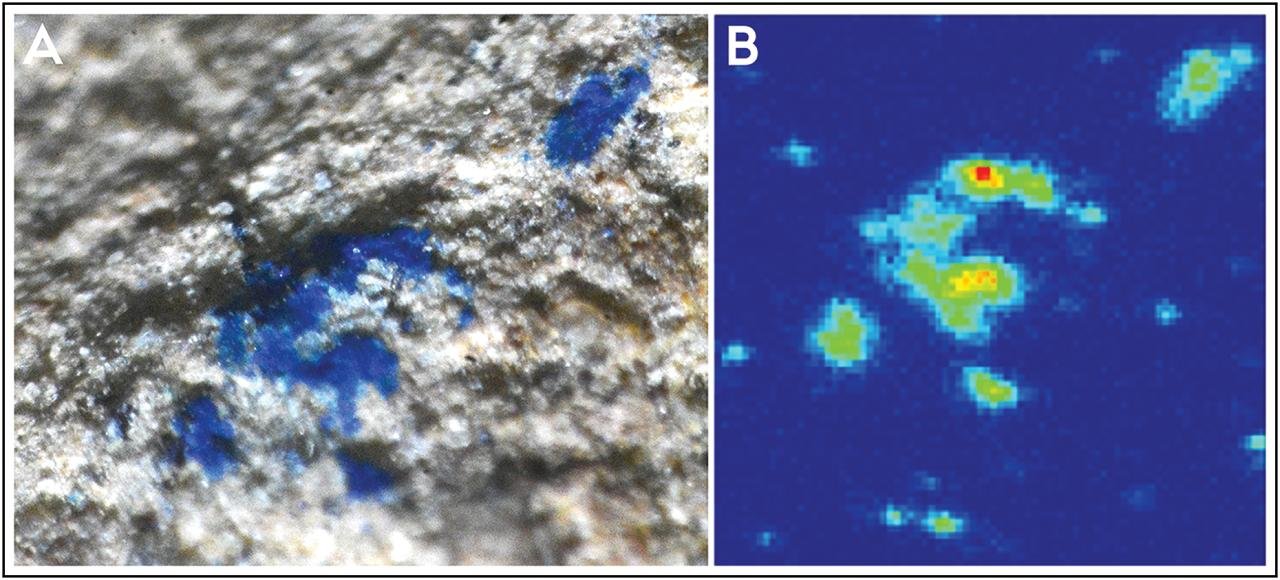Earliest evidence of blue pigment in Europe unearthed at Paleolithic site in Germany | Archaeology News Online Magazine
Oldest blue pigment in Europe found in Germany reveals Paleolithic humans used azurite for symbolic and cultural expression.| Archaeology News Online Magazine


